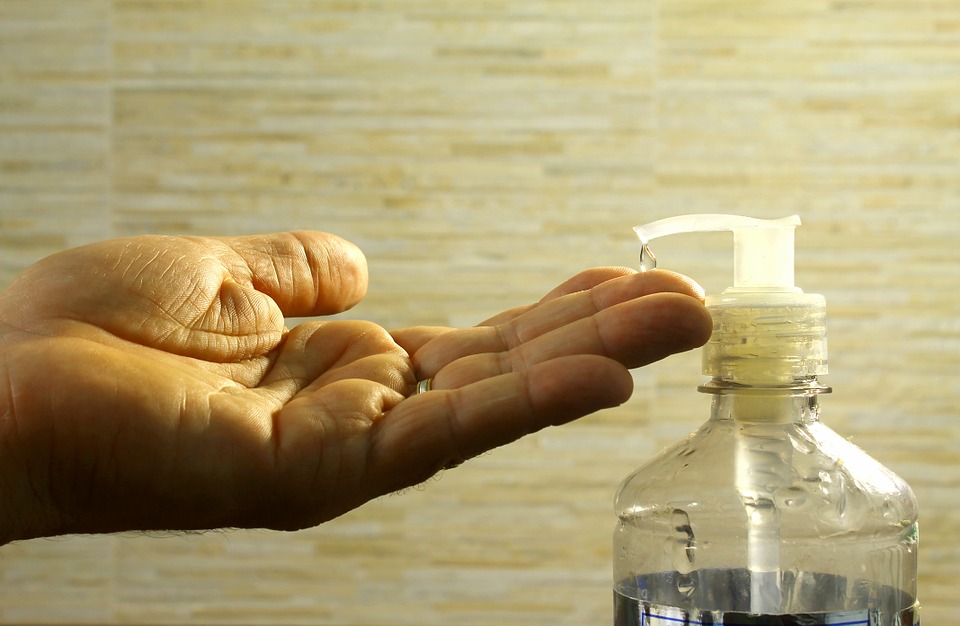
Last year we informed you about the actions of environmental and health groups concerning Triclosan. This ubiquitous antibacterial agent is also an important EDC, is ecotoxic and implicated in antibacterial resistance. You told us you were happy to sign onto petitions asking the government to ban this toxic substance from household and personal care products. Here you will find the final statement, coordinated by the Canadian Environmental Law Association (CELA),that we and 40 other like-minded organizations signed onto and sent to The Honourable Catherine McKenna, Minister of Environment and Climate Change and The Honourable Jane Philpott, Minister of Health on February 24, 2017.
Briefly, we support the government’s decision to add Triclosan to the Toxic Substances List to CEPA 1999 (more about that a further down in this news bulletin), however our position is critical of their proposed risk management approach which would use the non-regulatory, narrowly focused tool, Pollution Prevention Plans (P2 Plans). This approach would not prohibit the use of Triclosan in personal care products and other consumer goods which end up going down the drain and into our aquatic environments. We noted key gaps in the assessment and decision on Triclosan regarding the environment and stated that the evidence used to determine human health risks of Triclosan has substantial limitations as well. We provided a list of 20 recent health studies that should be reviewed by the government before concluding a final plan for Triclosan.
Finally, the Canadian government’s decision and proposal for Triclosan do not provide the necessary regulatory signal to the marketplace that Triclosan should be prohibited.
From this example of Triclosan, it is not difficult to see why our position on reforming the Canadian Environmental Protection Act (CEPA) still holds firm since we submitted our brief to the House of Commons in November 2016. Seems like a good time to revisit that action.
